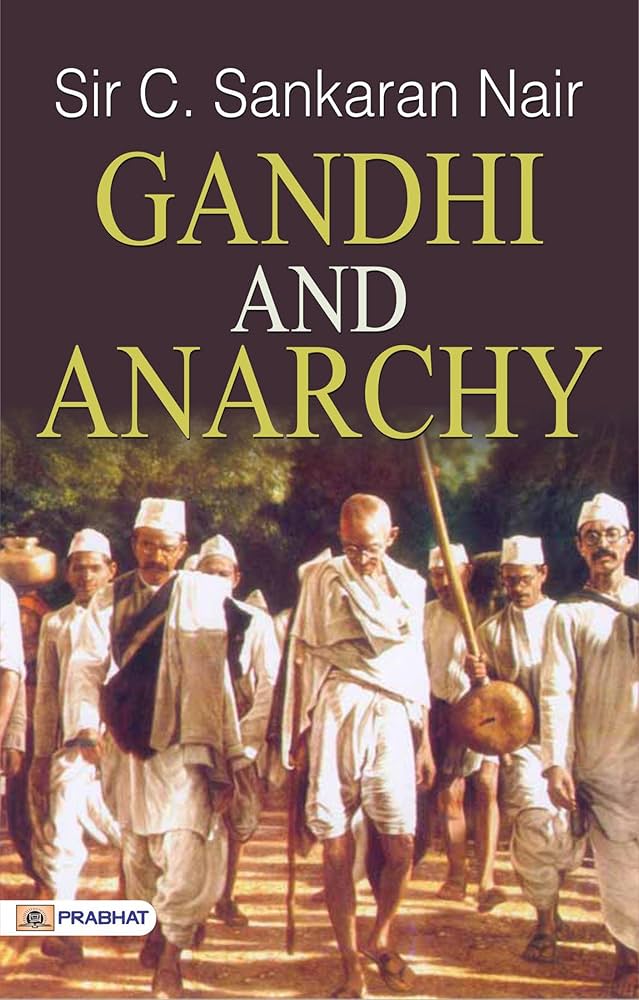I was against “Murtipooja” or “Idol worship”.
Why do people go to a famous temple, stand in que for day n night just to get a glimpse of a particular stone? What is the difference between that stone and any other ordinary stone?
I grew up with such questions in my mind and no one could offer me an answer that made sense to my logical mind. Then I came to know that...
🧵1.
Why do people go to a famous temple, stand in que for day n night just to get a glimpse of a particular stone? What is the difference between that stone and any other ordinary stone?
I grew up with such questions in my mind and no one could offer me an answer that made sense to my logical mind. Then I came to know that...
🧵1.

there is something known as ‘consecration’. Now what’s that? It is like this, if you transform mud into food, we call this agriculture. If you make food into flesh and bone, we call this digestion, integration. If you make flesh into mud, we call this cremation. If you can make this flesh or even a stone or an empty space into a divine possibility, that is called consecration.
2.
2.

Today, modern science is telling us that everything is the same energy manifesting itself in a million different ways. If that is so, what we call as divine, what we call a stone, what we call a man or a woman, what we call a demon, are all the same energy functioning in different ways.
For example, the same electricity becomes light, sound and so many other things, depending upon the technology. So, it is just a question of technology. If you have the necessary technology, you can make the simple space around you into a divine exuberance, you can just take a piece of rock and make it into a god or a goddess -this is the phenomenon of consecration.
3.
For example, the same electricity becomes light, sound and so many other things, depending upon the technology. So, it is just a question of technology. If you have the necessary technology, you can make the simple space around you into a divine exuberance, you can just take a piece of rock and make it into a god or a goddess -this is the phenomenon of consecration.
3.

Have you heard of Agastya Muni? He was one of the Saptrishis who was sent to South India by Shiva – the Adiyogi, or the first yogi. He consecrated every human habitation south of the Deccan Plateau in some form and made sure that a live spiritual process was on. He did not spare a single human habitation.
4.
4.

Agastya muni went to the extent of saying that when the world truly goes off the track because of development and knowledge, when knowledge becomes poison, when what should be good for you becomes negative for you, his work would rise and act. Now when I visit any ancient temple, I enter that space with a sense of humility. That something truly magnificent, something beyond my current level of understanding exists here.🙇♀️🙏
5/5
5/5

• • •
Missing some Tweet in this thread? You can try to
force a refresh






















